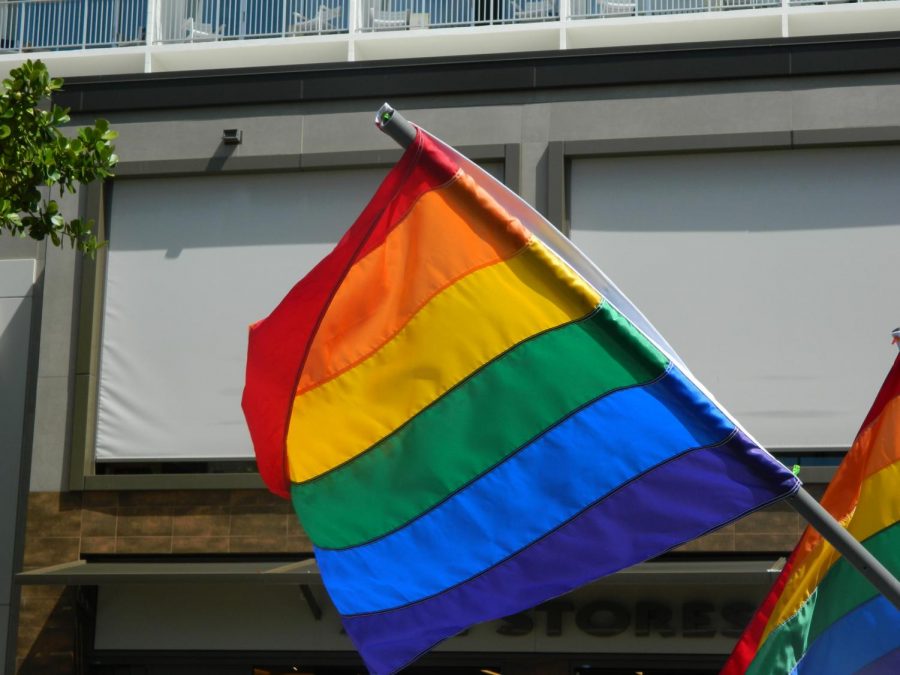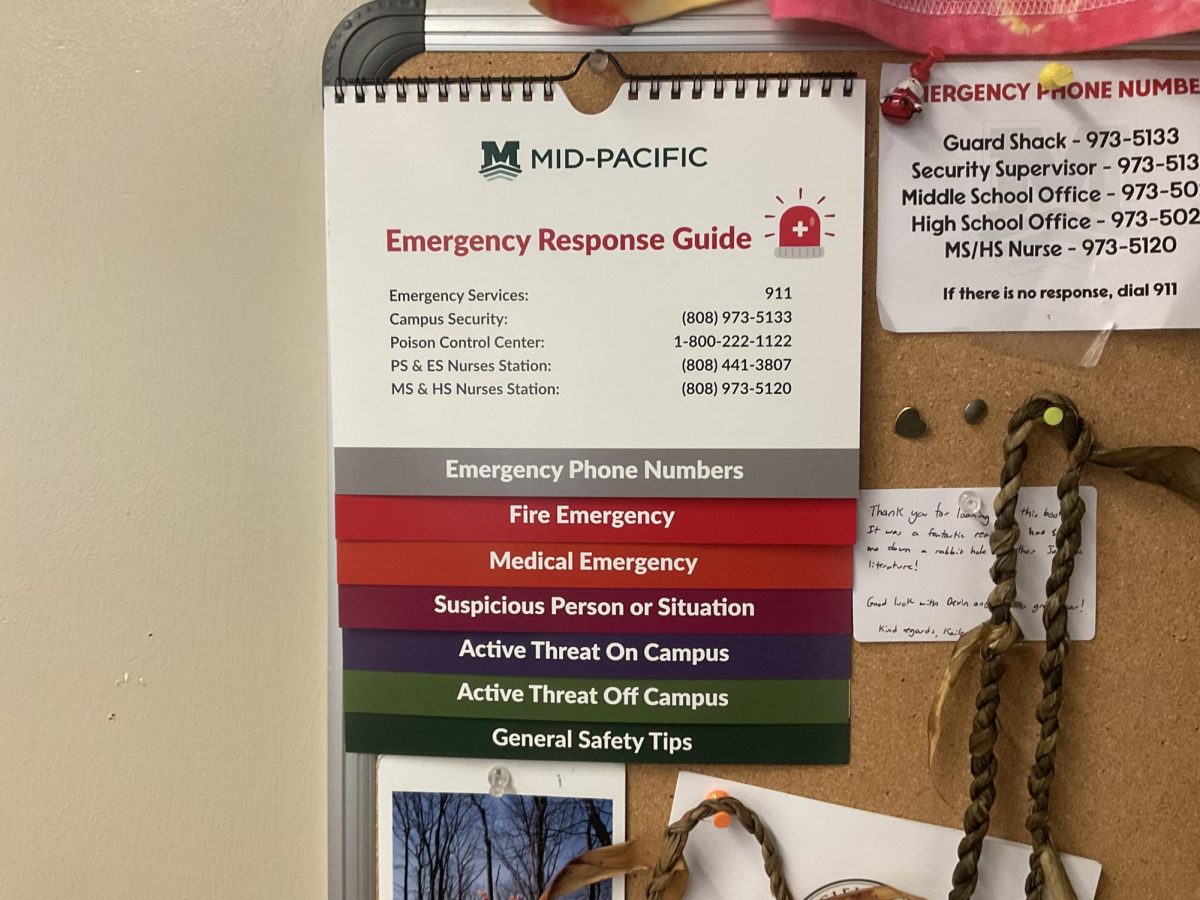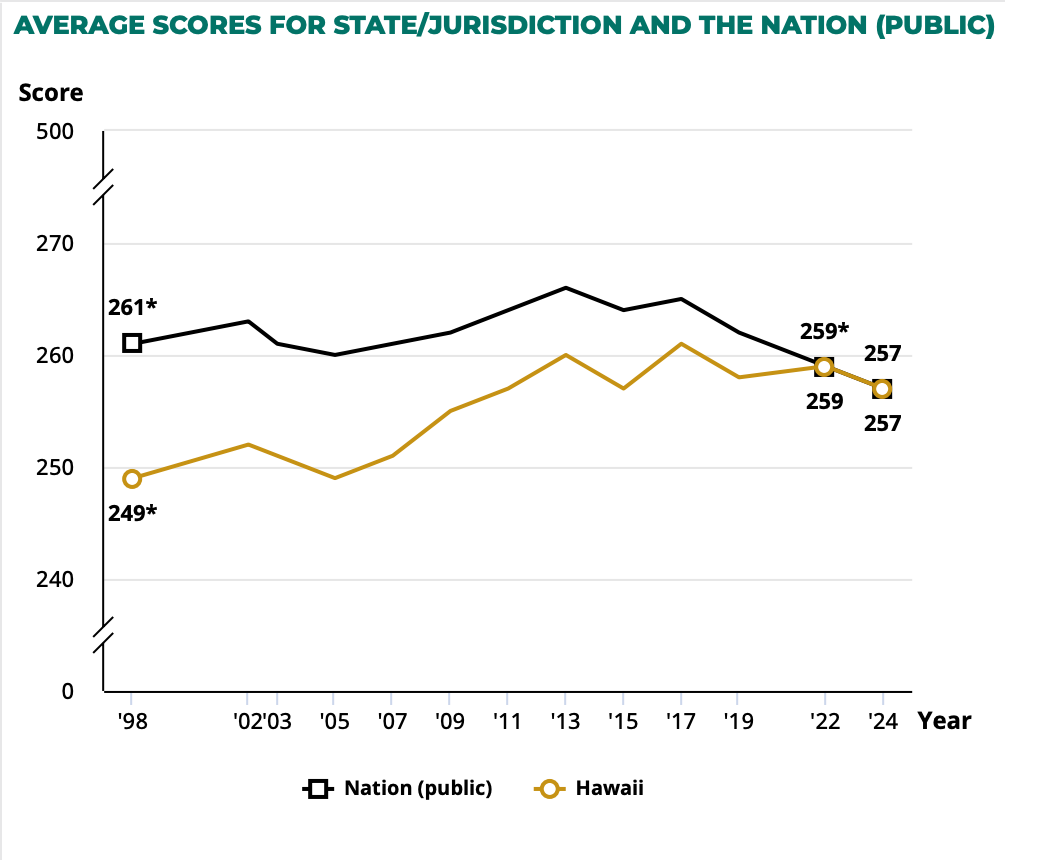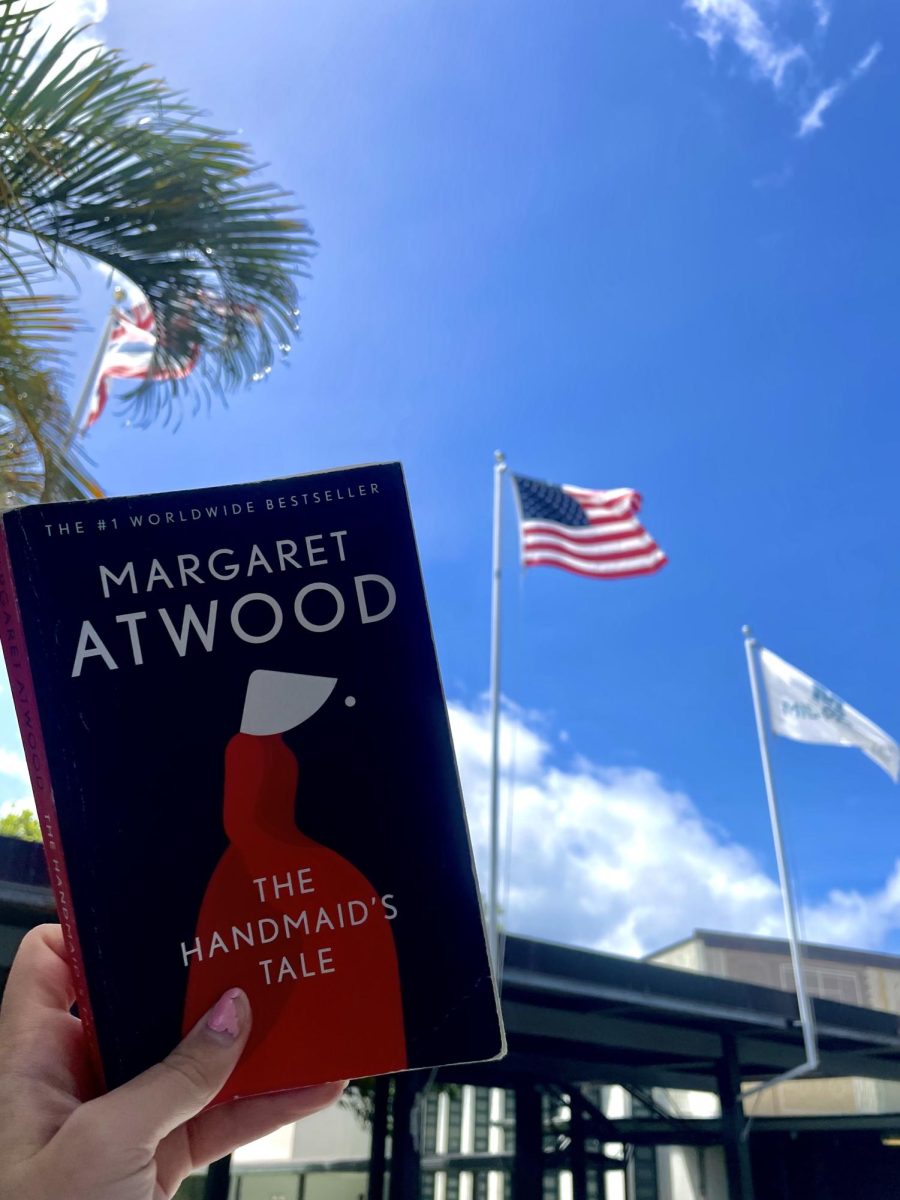Do we need ways to identify gender and sexuality?
A pride flag is waved down the streets of Waikiki for Honolulu Pride as marchers in the parade show their camaraderie and brotherhood in celebrating themselves and those around them.
November 5, 2020
Gender and sexuality are both very broad topics. There’s almost a label or identity for everyone now. But what exactly does it mean to identify gender and sexuality?
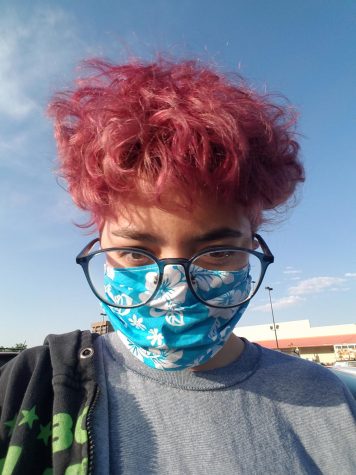
Opinions
As time goes on, things begin to change. And in the past 50 years, there has been a growing influx of tolerance and self identification. What was once, and still is to an extent, seen as taboo is now seen as self-expression at it’s finest.
In 2016, 1.4 million adults in the U.S. identifed as transgender, according to a UCLA Report. This number is up 700,000 people from the number Gary J. Gates estimated in 2011. In Hawaii we have 0.8% of our population identifying as transgender, as found by Hawaii Journal for Health and Social Welfare.
Typically, women have long hair, groomed nails, and wear feminine clothing. And typically men have short hair, short nails, and wear masculine clothing. It’s good to address societal norms and stereotypes, which can both at times lead to heavy judgment depending on your environment.
“I know so many people whose parents would disapprove if they presented more feminine or masculine. And so they can’t be who they want to be or look how they want to look,” 9th grader Leo Nolen said when asked about the oppression of societal norms. But really when we think about it, masculinity and femininity are social constructs. Physically, men have wider frames and tend to be taller. That is a fact. But men are not wired to enjoy rough sports and getting dirty. But society has designated liking those things as more masculine.

This is also where things such as non-binary or gender fluid come into the coversation. Which is when a person doesn’t identify with either of the binary terms.
Among teens, about 3 percent of the population, or about 150,000 people, identifies as transgender or nonconforming, according to a recent Polaris Teen Center article.
So no, I don’t think we need “new” ways to identify gender. I think especially as of late, it’s more of a spectrum and it’s accepted that people can do what they want and be who they want. It doesn’t always have to affect what gender they identify as. The new general consensus is: If what someone’s doing doesn’t affect or harm you, let it be.
So how do we go about identifying sexuality?
Sexuality is a much different thing than gender even though they are associated so closely. Gender is something that often comes up in conversations more typically because people use pronouns, which is tied to gender.
Brooke Johnson is a senior at Mid-Pacific and president to the Gay Straight Alliance. She defined in her own words the differences between sexuality and gender, even though they’re tied closely.
“Sexuality is the external, sort of what you’d like to see in a person. And then gender is how you view yourself and how you’d like to express yourself in that regard,” she said.
There isn’t really any way we need to go about identifying sexuality. Who someone likes doesn’t always affect how they act and how they identify as a person. Many different people can identify with the same sexuality, so putting an identifying label on sexuality just seems wrong. Just because someone is gay doesn’t mean they fit in to what a sterotypical gay person is. For example, there can be both masculine and feminine gay men; so putting a label on it makes no sense.
Sexuality can be a pretty touchy subject for some. I think if it comes up and someone feels comfortable enough to share it with you, even if you’re surprised, you take it in stride and welcome them with open arms.
“Especially for LGBT people, I know lots of us look for other little signals for like, oh that person’s gay as well, or that person’s trans. So that they can connect with people better,” Leo said in reference to how people in the community use identifying characteristics as more of a way to find each other.

Which is very true. You want to look for the little signs out there that show someone they’re just like you too. It shows you that you’re not alone in who you are and your struggles.
But if someone is comfortable enough with sharing their sexuality, I think celebrating who you are is a great option. Sexuality doesn’t have to define you as a person, but showing your pride and participating in certain events is a great way to help identify yourself and celebrate in a community with kind people. It feels more amazing than one would think.
“I talked to my friend about it the day after and I was like, there were so many people there and that was so awesome,” Brooke said, describing her first experience with the GSA at Honolulu’s Pride Parade. “Cause it was so many cheering people; a bunch of people had signs and there were a bunch of balloons. The amount of joy that crowd. It feels like a big celebration.”
There will always be people who don’t want others to do something they don’t consider right. And sometimes all you can do is try your best to educate them. But at the end of the day, people will do what they want to do and try their best to be who they want to be, and I don’t think anyone should get in the way of that.

